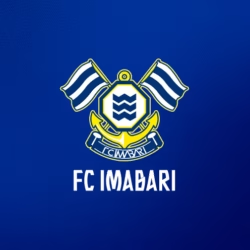As we analyze the 2023 season, it’s essential to focus on the tactical evolution that defines the playstyle of various teams. The strategies employed by managers often determine the success or failure of their squads, FB88 especially in a league as nuanced as Ligue 1.
The Influence of Managers France Ligue 1
Managers in Ligue 1 play a pivotal role in shaping their teams’ identities. Tactical minds like Christophe Galtier, Jorge Sampaoli, and Bruno Genesio have developed unique styles that have contributed significantly to the league’s overall excitement.
Christophe Galtier, who led Lille to their unexpected triumph in 2021, emphasizes defensive solidity coupled with rapid counter-attacks. His balanced approach has proven effective against both small and large opponents, setting a benchmark for other teams in the league.
Jorge Sampaoli, known for his high-octane pressing game, has instilled a sense of urgency and aggression within the Marseille squad. His ability to motivate players and implement intricate tactical plans has reawakened the competitive spirit of OM, allowing them to challenge the top dogs in Ligue 1 effectively.
Bruno Genesio’s pragmatic approach with Rennes relies heavily on adaptability. His strategies evolve depending on the opponent, showcasing a level of versatility that can catch even the most prepared teams off guard. This tactical fluidity is a critical asset in a league where every point counts.
Emerging Tactics and Formation Trends
As the league progresses, several tactical trends emerge, reflecting broader changes in modern football. Many teams have adopted a more possession-based approach, focusing on ball retention and systematic build-up play.
Teams utilizing formations such as the 4-3-3 or 3-5-2 have become increasingly common, enabling flexibility in both defense and attack. This shift allows teams to exploit spaces effectively while ensuring defensive stability.
Moreover, the importance of wing play cannot be overstated in Ligue 1. Wingers have been tasked with stretching the opposition’s defense, creating goal-scoring opportunities, and adding dynamism to the game. Players who can deliver quality crosses or cut inside to create chances are invaluable assets in this evolving tactical landscape.
The Impact of Player Recruitment and Development
One of the defining characteristics of Ligue 1 is its robust focus on nurturing young talent. Clubs have invested significantly in their academies, recognizing the need to develop homegrown players who can make an impact on the first team.
Clubs like Montpellier and Nantes have historically thrived on a model that prioritizes youth development. By scouting and investing in promising young players, they ensure long-term sustainability while infusing fresh energy into their squads.
Furthermore, the arrival of foreign players has enriched the league. The blending of different styles and cultures has led to a more diverse playing environment, boosting the overall quality of football in the France Ligue 1.





